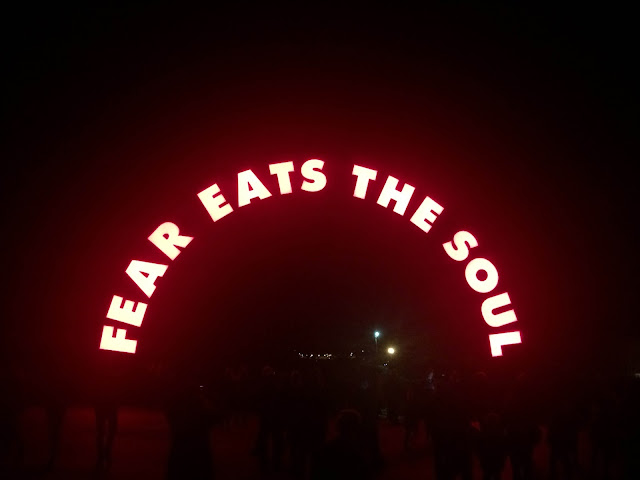First, I’d like to clarify something very important: my
location. I am currently living in Tasmania, which is in fact in Australia and
not, as some might think, in Africa (don’t worry, you’re not the only one). I
realize that the title of this blog makes this already somewhat confusing thing
even more confusing, but this is a reincarnation of my previous blog (sadly no
longer with us due to technological glitches and human forgetfulness).

Before I got to Tasmania, I had a 7 hour layover in Sydney,
which allowed me to toss aside my jetlag like a bag of bricks and explore the
city for a few hours. I saw the famed Opera House, which was just as impressive
as I thought it would be, the bay bridge, and the Royal Botanical gardens. Although
I was desperately hoping to see a flying fox roosting in a tree, I did get to
see Sulphur Crested Cockatoos. They would spend time grazing on one of the
lawns, but also periodically fly overhead squawking hysterically. By the time I
got back to the airport I was happy to have seen the highlights of a new city
in a new country, and also ready for a much needed nap on the airplane to
Hobart.
 |
| Sulphur Crested Cockatoos |
Tasmania is an island state off the southern coast of
Australia. It is about 68,000km2, or about ¼ the size of Arizona or Colorado.
It is known as one of the wildest parts of Australia, with much of the state
set aside for National Parks. It is home to the charismatic Tasmanian Devil, as
well as to a large variety of small marsupial species, many of which have
become extinct on the mainland because of introduced foxes and domestic cats.
I am staying in Hobart, the capital of Tasmania, located on
the southeast coast, with about 150,000 people (similar to Fort Collins). I’m
staying at the place of some people who work in the biology department at University,
and my current roommate is a visiting PhD student from Melbourne. They are all
wonderful and friendly and have made me feel very welcome. The same is true for
everyone at the University where I’m working, it’s a very friendly place!
Last weekend, we went adventuring to the Tasman Peninsula,
near Port Arthur. The scenery was spectacular: towering sea cliffs with
sparkling blue water, swaying gum trees, unique arches and sea caves. We found
a cute little eco-coffee truck with a killer view and woolen blankets to wrap
our cold selves in. I had a flat-white, which is a drink from Australia and
still very popular here. A flat white, according to Wikipedia is: “somewhat similar to the traditional
cappuccino or the latte although smaller in
volume, therefore having a higher proportion of coffee to milk, and milk that
is more velvety in consistency – allowing the espresso to dominate the flavour,
while being supported by the milk.” Yum.

After
our refreshments we trekked on to the Tesselated pavement, a very interesting
geological feature that looks sort of like paving stones on the edge of the
ocean. It occurs because of the natural processes of the saltwater making small
cracks in the rock, which widen over time, and variable amounts of erosion. Then
onto various big arches, sea channels, and a blowhole, all formed over time by
the surf and wind. Along the way we looked for birds, plants, and saw a
Wallaby!
Some
photos of the cliffs and scenery:
 |
| Tessellated pavement |
 |
| The Tasman peninsula |
 |
| Amazing Eucalyptus trees everywhere |





















